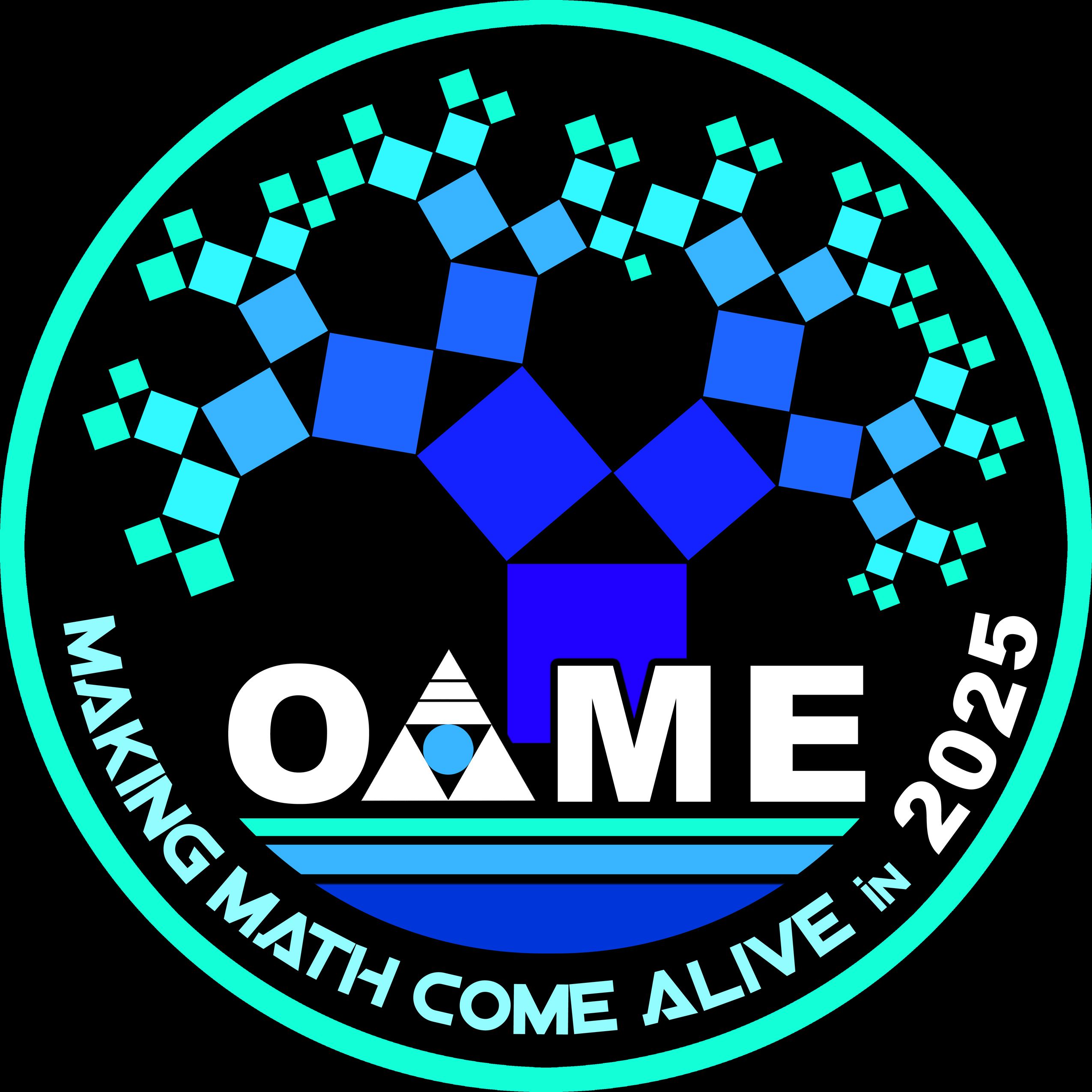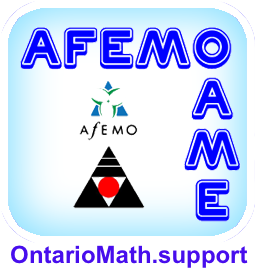President's Message - March 2011
Shades of Grey

DAVID ZIMMER
dzec.inc@gmail.com
"Marking" and calculating grades were similarly easy to understand. Final marks were to be determined using a weighted total based on term tests, quizzes, examinations, homework checks, and "effort and attitude." Student solutions were easy to score - each correct step garnered a mark. We gave part marks for work done correctly up to the first error and then tried to follow the reasoning to see if any new errors had been introduced after that. That made problems with longer, more involved solutions more challenging to score, but fortunately, there weren't many of those.
Students could guess the approximate number of steps required to solve a problem by looking at the problem's mark value. We taught our students to gauge their time on final exams by calculating the time value of each mark on the exam and applying that to the value of each question.
It all seemed black and white and I was pleased with myself as a teacher. What I was supposed to teach was clear and unambiguous. I was pretty sure that every math teacher in the province had a common understanding of what we had to get our students to learn. Even the universities seemed happy with the situation. Math was supposed to be hard enough to separate those who could succeed in the science and engineering courses from those who could not, and we seemed to be quite good at doing that.
As I gained more experience and had a chance to interact with other math educators, I began to realize how hollow, insensitive, and counter-productive that was.
"Differentiating instruction," "Assessment Of, As and For Learning," "Big Ideas," "Effective and Evocative Questioning," and "Teaching through the Mathematical Processes" have all become central issues in our planning of learning experiences in mathematics. Using these perspectives, we endeavour to provide the greatest possible opportunity for the largest number of students to be successful. We are beginning to see empirical evidence that the strategies associated with these initiatives work and that a much greater percentage of our students than we had previously thought can be successful in meaningful ways in our mathematics program.
It has taken a long time for these initiatives to take hold to the extent that they have. It seems that it takes the educational infrastructure much longer to implement empirically justified teaching and learning strategies than it takes the health infrastructure to implement new and proven treatments in medicine. Perhaps this is because such innovations cause situations and issues that teachers used to believe were black and white and easy to manage, to take on a more complex range of shades of grey and are more professionally challenging.
I recall a quotation from an interview with David Suzuki. During that interview, he was asked how growing older had affected his abilities as a scientist. He replied that when he was young, he was sure of everything. His reasoning was crisp and uncluttered. He bemoaned the fact that as he grew older, learned more, and gained greater experience, it wasn't so easy to make crisp decisions. Things were no longer as well defined as they had been in his youth, and there were many more possibilities of which he had become aware. He was embracing this complexity, however, because it had greater potential for innovation and success.
It is very gratifying to see how the learning and teaching of mathematics in Ontario and across Canada has evolved during my teaching years and to recognize the role of OAME in promoting, supporting, and leading that evolution here. There is a recognition implicit in curriculum and policy documents, in professional learning opportunities and resources, and even in published textbooks and digital learning materials, that our responsibility is to ensure the success of as many of our math students as possible. We have begun to realize that our purpose isn't so much to teach math as to teach children.
Math educators have begun to embrace the complexity of teaching human students rather than the content of a discipline. Using shades of grey paints a much more interesting picture and captures a lot more detail than just using black and white. I wonder what will happen in the next evolutionary step.
Previous Message:
Unanticipated Consquences
Next Message:
A Focus on Professional Learning Keeping Inquiry at the Heart


















 Like us on FaceBook
Like us on FaceBook